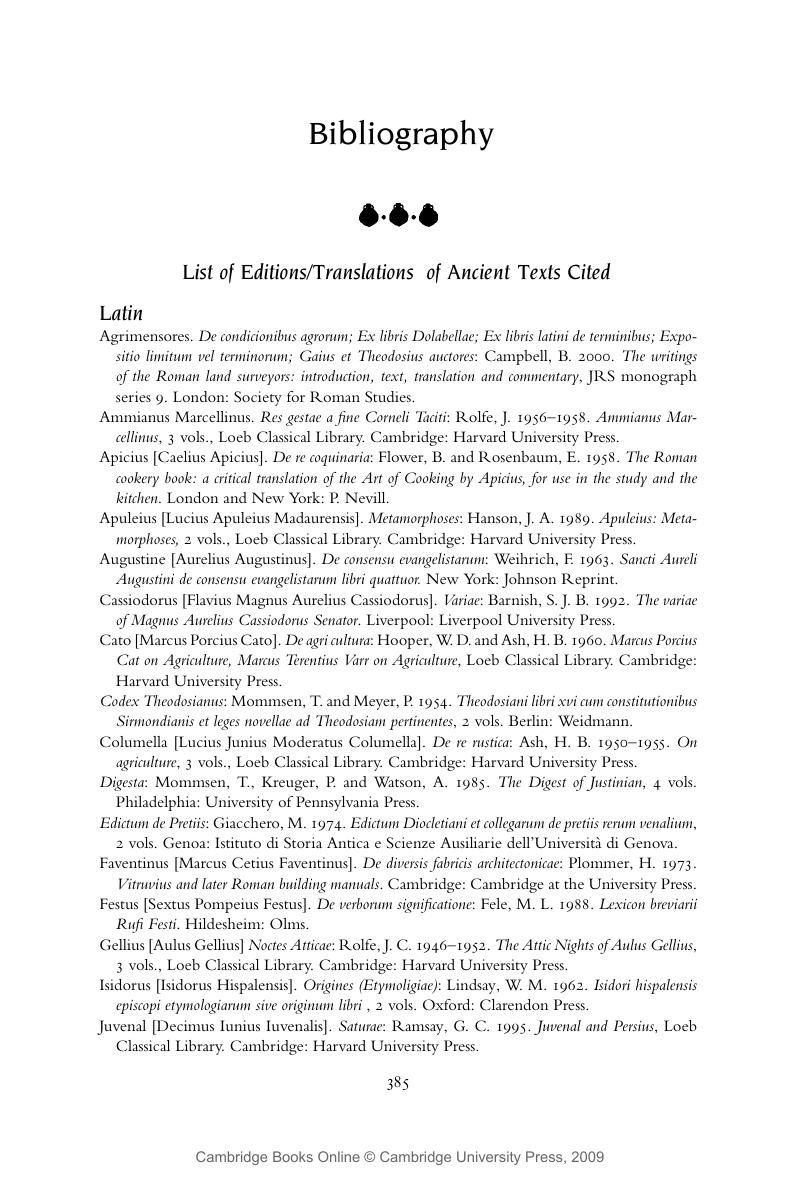Book contents
- Frontmatter
- Contents
- Tables
- Figures
- Maps
- Acknowledgments
- Introduction
- 1 A Model of the Life Cycle of Roman Pottery
- 2 Background Considerations
- 3 Manufacture and Distribution
- 4 Prime Use
- 5 The Reuse of Amphorae as Packaging Containers
- 6 The Reuse of Amphorae for Purposes Other than as Packaging Containers
- 7 The Reuse of the Other Functional Categories of Pottery
- 8 Maintenance
- 9 Recycling
- 10 Discard and Reclamation
- 11 Modeling the Formation of the Roman Pottery Record
- Appendix: Amphora Classes Referred to in the Text
- Maps
- Endnotes
- Bibliography
- Index of Ancient Texts Cited
- General Index
- References
Bibliography
Published online by Cambridge University Press: 06 August 2009
- Frontmatter
- Contents
- Tables
- Figures
- Maps
- Acknowledgments
- Introduction
- 1 A Model of the Life Cycle of Roman Pottery
- 2 Background Considerations
- 3 Manufacture and Distribution
- 4 Prime Use
- 5 The Reuse of Amphorae as Packaging Containers
- 6 The Reuse of Amphorae for Purposes Other than as Packaging Containers
- 7 The Reuse of the Other Functional Categories of Pottery
- 8 Maintenance
- 9 Recycling
- 10 Discard and Reclamation
- 11 Modeling the Formation of the Roman Pottery Record
- Appendix: Amphora Classes Referred to in the Text
- Maps
- Endnotes
- Bibliography
- Index of Ancient Texts Cited
- General Index
- References
Summary

- Type
- Chapter
- Information
- Roman Pottery in the Archaeological Record , pp. 385 - 408Publisher: Cambridge University PressPrint publication year: 2007



